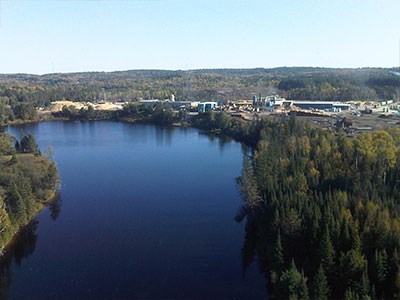The Forest Products Association of Canada (FPAC) is vowing to remove 30 megatonnes (MT) of greenhouse gas annually from its emissions by 2030.
FPAC, the industry group representing Canada’s wood, pulp, and paper producers, launched its 30 by 30 Climate Change Challenge on May 2, heralding itself as the first industry to voluntary buy-in to Ottawa’s climate goals.
The feds signed the Paris agreement on climate change and is now promising to reduce emissions by 30 per cent, the equivalent of cutting 225 MT of CO2 a year by 2030.
In a release, FPAC said the forestry industry has a solid track record for cutting greenhouse gases in its manufacturing processes, starting with reducing emissions in the pulp and paper industry by 66 per cent since 1990.
“Our industry is uniquely positioned to be a crucial part of the solution to climate change because our renewable forests and forest products all store carbon,” said Derek Nighbor, the CEO of FPAC, in a statement. “We want to step up to the plate and do our part to help Canada reach its ambitious targets.”
FPAC said it is now working a plan to define the details on how it intends to do so.
The sector has calculated the 30 MT can be reached by such measures as forest management practices that can maximize carbon storage in the forest and spur the growth of trees, by increasing the use of innovative forest products and clean tech to displace materials made from fossil fuels, and by further efficiencies at mill sites.
“This is the kind of contribution that we need from industry and I would encourage other sectors to show similar initiative,” said Environment and Climate Change Minister Catherine McKenna.
“Through innovation in sustainable forest management, tall wood buildings, and the development of forest-based bio-products, including biofuels, the forest sector continues to adapt to meet the demands of changing global markets and the goal of a low- carbon economy,” added Canada’s Natural Resources Minister Jim Carr.




